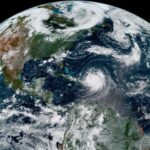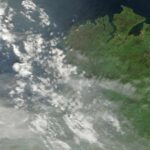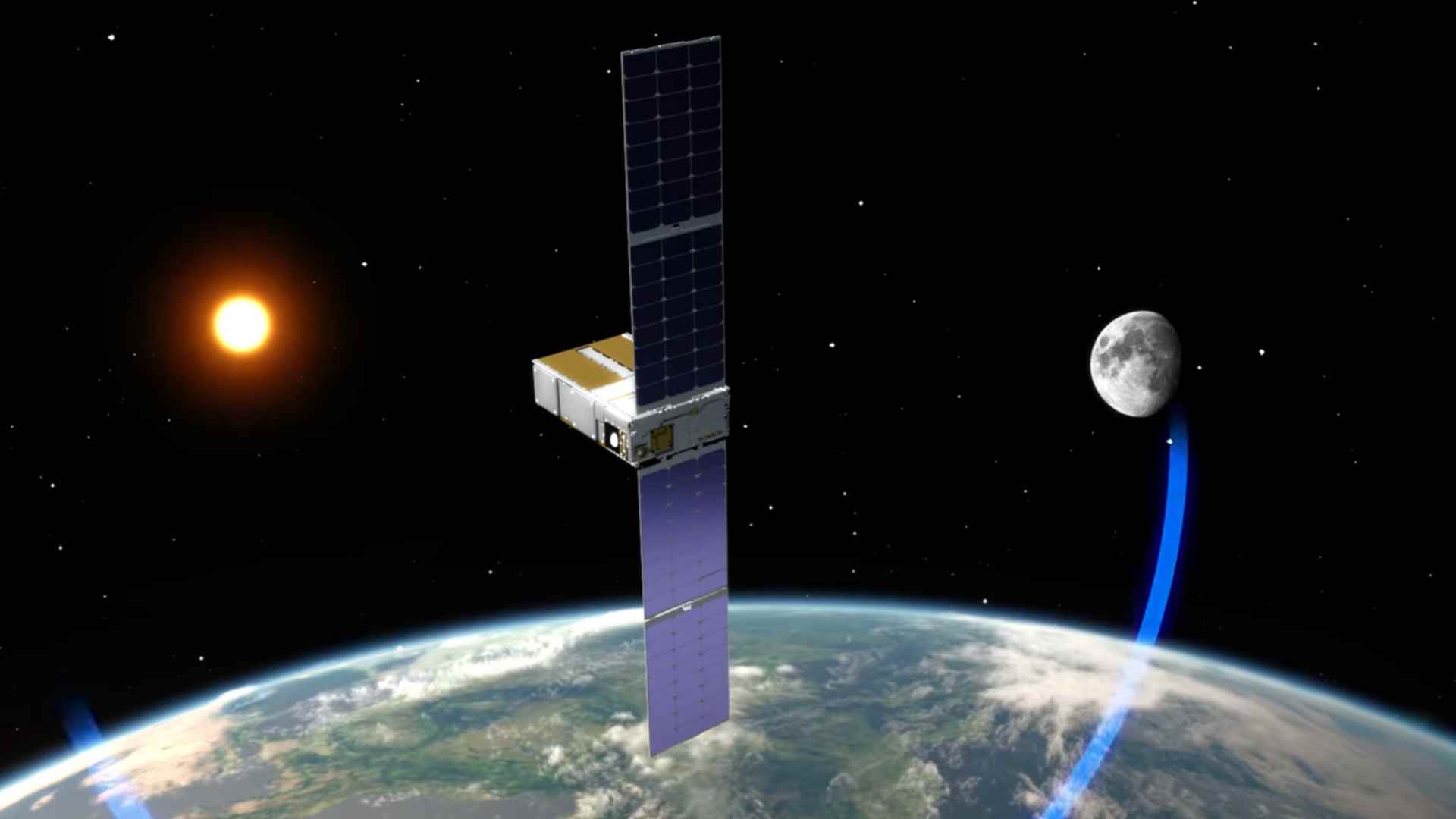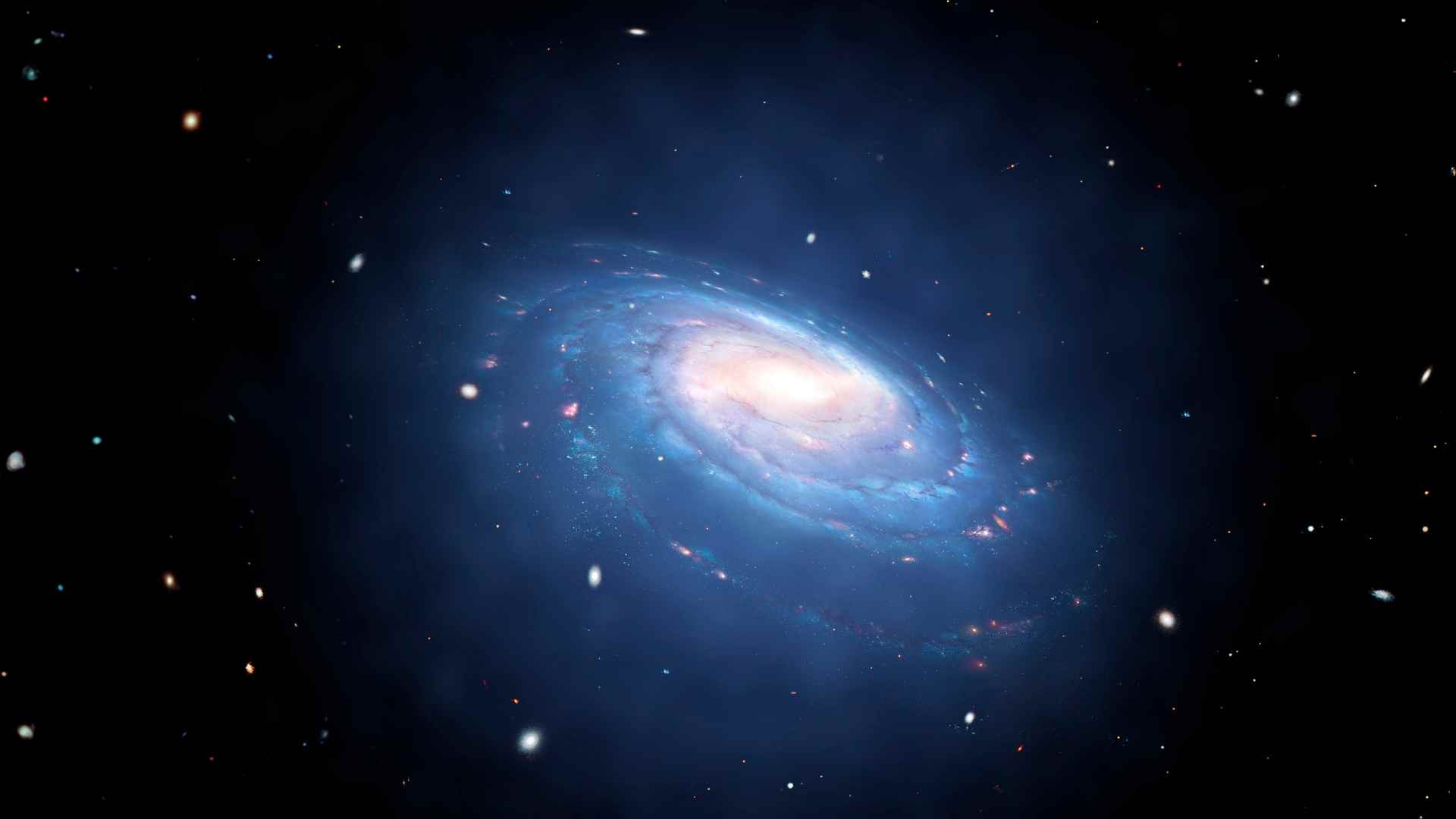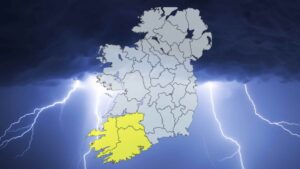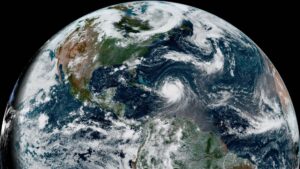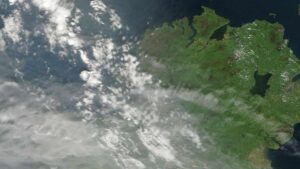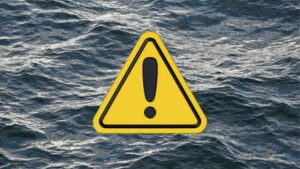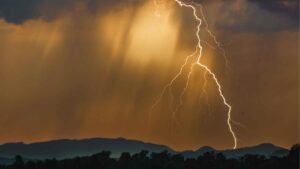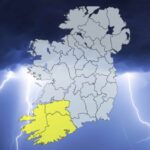
NASA targets turbulence at edge of space
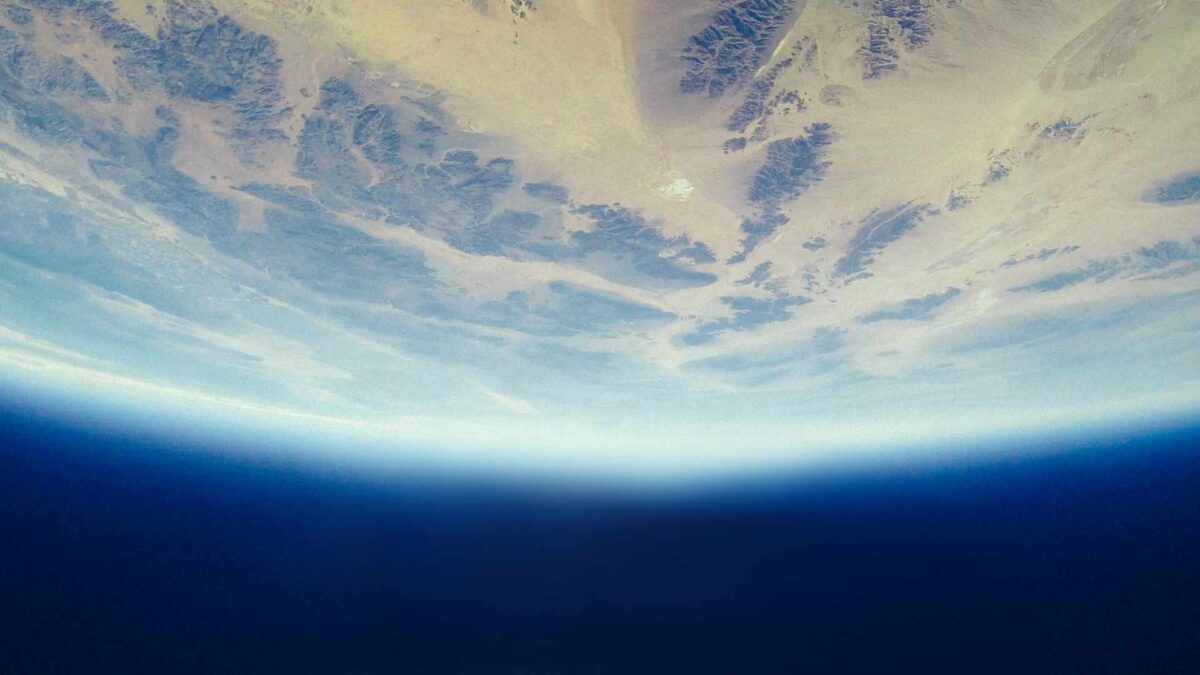
NASA will launch a new rocket mission tomorrow to study one of the most turbulent regions of Earth’s atmosphere, the mesopause. The Turbulent Oxygen Mixing Experiment Plus (TOMEX+) will open its launch window on Monday night from Wallops Flight Facility in Virginia.
The mission is led by Jim Clemmons, professor of physics and astronomy at the University of New Hampshire. It will focus on the mesopause, a zone between 85km and 105km above Earth, where the atmosphere transitions toward space. This layer is the coldest in the atmosphere, with temperatures as low as minus 100 degrees Celsius, and is where noctilucent or “night-shining” clouds form.
The mesopause acts as a mixing ground where energy from weather systems moves upward, fuelling turbulence that can affect satellites by increasing atmospheric drag. It is also one of the least understood parts of the atmosphere because it is too high for weather balloons and too low for satellites. Sounding rockets provide one of the few ways to explore it directly.
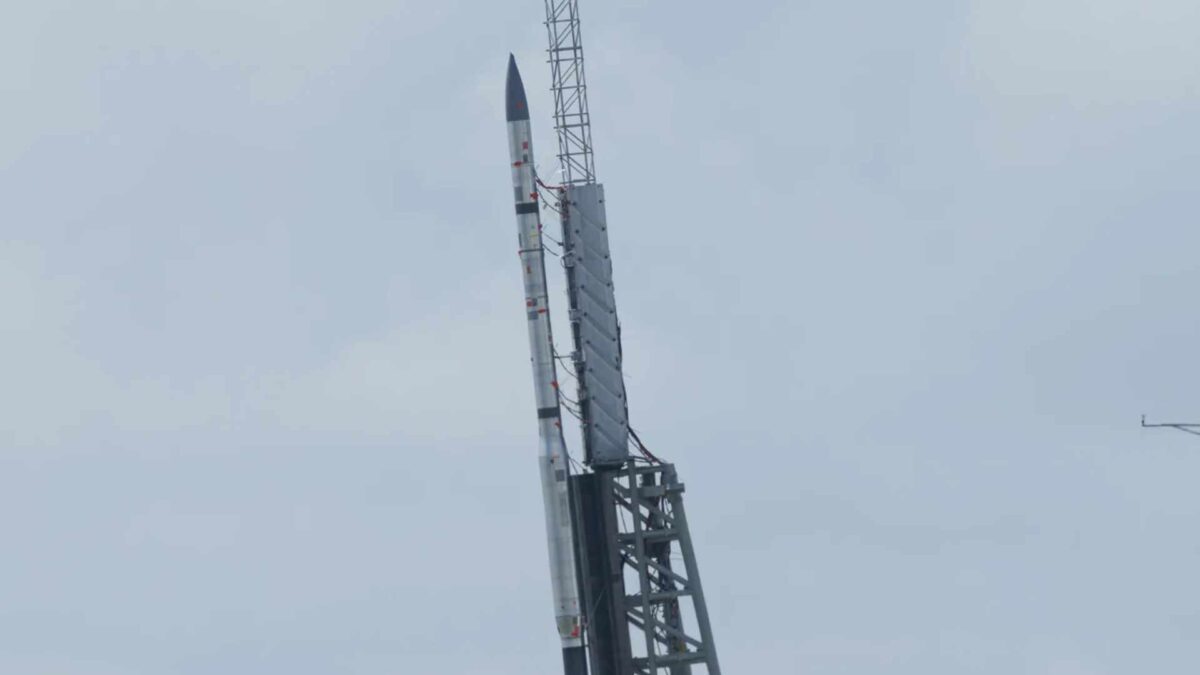
NASA/Danielle Johnson
TOMEX+ will track a thin layer of sodium atoms at about 90km altitude, created by the burn-up of tiny meteors in the atmosphere. A laser aboard the rocket will cause the sodium to fluoresce, turning it into a tracer that reveals how energy bends, ripples and swirls through the upper atmosphere.
The new mission expands on the original TOMEX flight in 2000. Instead of one rocket, three will be launched. The first two will release colourful tracer clouds, which will be photographed from the ground to map wind patterns high above Earth. A third rocket, carrying a lidar instrument, will follow about five minutes later to measure density and motion in the sodium layer.
NASA says the three rockets together will provide the clearest three-dimensional view yet of turbulence at the edge of space, helping scientists better understand high-altitude cloud formation, the forces that act on satellites, and even processes at work in other planetary atmospheres.
The launch window for TOMEX+ runs nightly from 10pm on August 18 until 6am on September 3. Updates will be posted on NASA’s Wallops Range blog and social media channels.
Share this WeathÉire story: